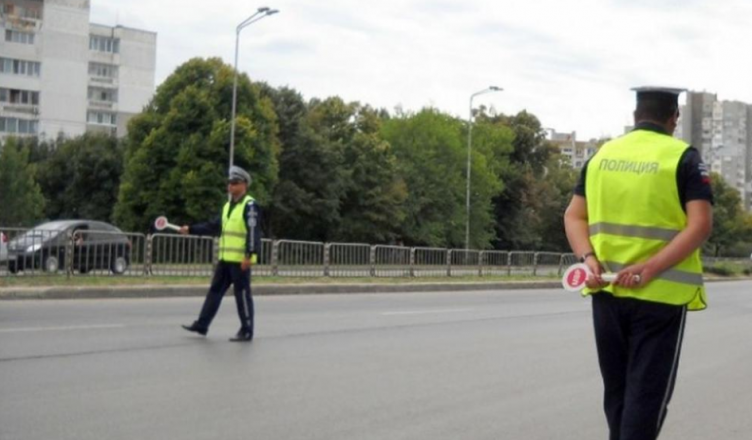Starting today, the traditional Winter campaign is launched across the country, which aims to sharpen the attention of pedestrians and pedestrians, to their safe behavior and driving, and road tolerance.
The action will take place in three stages, each of which is dedicated to a different group of road users and within each stage, there is a thematically declared special day without victims on the road.
This week, the attention of road police is focused on compliance with legal requirements by cyclists and drivers of animal-drawn vehicles.
Seven important rules were distributed by the Ministry of Interior-Varna with useful tips for your winter safety:
MOVES WITH TECHNICAL DIRECT VEHICLE
The road vehicle must be technically sound.
Suspension from driving of the vehicle until the malfunction.
The bike must be in good working order,
Keep the wipers straight
If the windshield wipers do not work during rain or snowfall, you do not have the right to use this PPE.
USE SUITABLE TIRES
Use winter tires or tires with a tread depth not less than or equal to 4 mm between November 15 and March 1.
If the tire has tears, you have no right to drive this PPE.
It is forbidden to drive on roads with studded tires, snow chains are only used when road conditions so require.
MOVES WITH CLEAN AND RIGHT LIGHTS AND REFLECTORS If the lights or reflectors are missing or malfunctioning, you do not have the right to drive this vehicle at night.
Keep maneuvering and lighting devices clean, visible, adjustable and in good working order.
When driving with an animal-driven vehicle (cart), you must have:
two white or yellow reflectors at the back; at night and with reduced visibility – body glowing in white or yellow, back left.
When cycling you should have:
a device for emitting white or yellow well-readable light at the front (headlamp) and a red reflector at the rear; white or yellow reflectors or reflectors on the sides of the wheels.
It is compulsory in 3- and 4-wheel vehicles to have:
safety triangle;
first aid kit;
fire extinguisher and reflective vest.
For winter, it is advisable to have:
Antifreeze;
tank filled with non-freezing glass cleaning fluid;
snow chains;
sufficient fuel;
battery charger;
tow rope;
blanket and more.
Use a reflective vest sew on reflective tape
When outside your vehicle, suspended on the roadway due to damage or technical malfunction, put on a reflective vest,
When cycling, put on a reflective vest with reflective material: in the dark part of the day; with reduced visibility and outside settlements.
BE VISIBLE IN THE WINTER AND THE DARK
As a pedestrian, wear light outerwear or use reflective elements.
As a pedestrian, look around and listen often, especially if you are wearing a hat or hood.
As a pedestrian, move along the sidewalk or banquet.
As a pedestrian, when there is no sidewalk or banquet, move on the lane opposite to that of the road vehicles, as close as possible to its left border.
An organized group of children up to 10 years of age can only move on the sidewalk or banquet, with the first and last child wearing a reflective vest, and must be kept by at least two people over the age of 18. When crossing the traffic lane, the group leader is obliged to promptly signal with a stop! Kids “, with a red flag or with a hand to stop the movement of vehicles.
